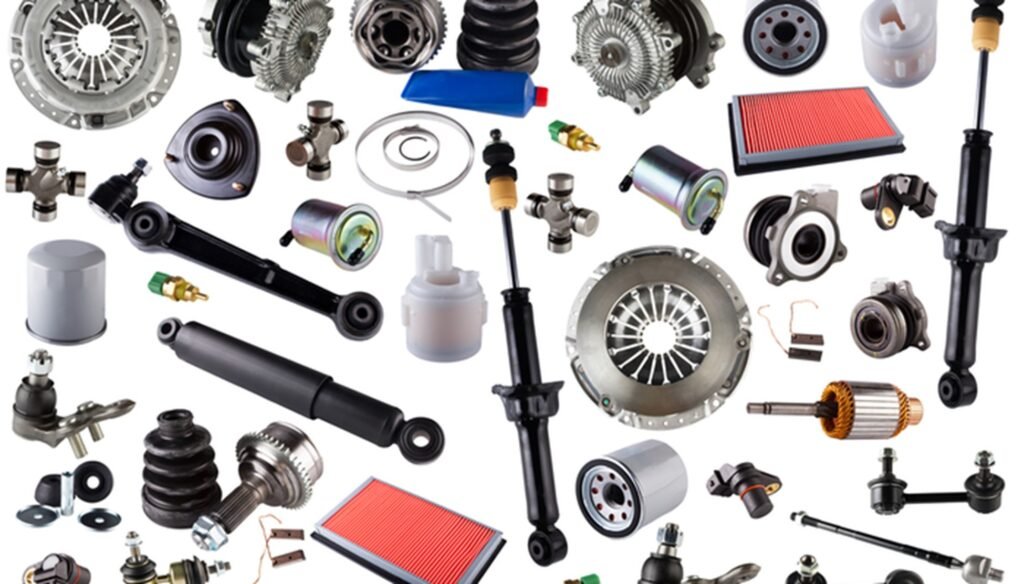The cooling system in your vehicle is crucial for maintaining optimal engine temperature, ensuring efficient performance and longevity. However, like any other automotive system, it can encounter problems that need prompt attention to prevent serious damage. Here’s a guide on how to troubleshoot common cooling system issues to keep your car running smoothly.
1. Check Coolant Levels Regularly
One of the simplest yet most important maintenance tasks for your cooling system is checking the coolant level regularly. Low coolant levels can lead to overheating, so make it a habit to inspect the coolant reservoir and top up if necessary. Always use the type of coolant recommended by your vehicle’s manufacturer to ensure compatibility and effectiveness.
2. Inspect for Leaks
Leaks in the cooling system can occur due to worn-out hoses, a cracked radiator, or a faulty water pump. Look for puddles of coolant under your parked car, especially after it has been running. Trace the source of any leaks and replace or repair the affected components promptly. Ignoring leaks can lead to loss of coolant, overheating, and potentially costly engine damage.
3. Check the Radiator and Hoses
Periodically inspect the radiator and its hoses for any signs of wear, corrosion, or blockages. Over time, radiator fins can get clogged with debris, reducing airflow and cooling efficiency. Clean the radiator gently with compressed air or a soft brush to remove dirt and debris. Replace any cracked or swollen hoses that feel soft or brittle to the touch.
4. Test the Radiator Cap
The radiator cap plays a crucial role in maintaining the correct pressure within the cooling system. A faulty radiator cap can cause coolant to boil over, leading to overheating. Test the cap using a pressure tester to ensure it maintains the specified pressure levels. Replace the cap if it fails to hold pressure or shows signs of wear.
5. Monitor Temperature Gauges
Keep an eye on your vehicle’s temperature gauges while driving. If you notice the temperature creeping into the red zone or frequent fluctuations, it could indicate a problem with the cooling system. Possible causes include a malfunctioning thermostat, a failing water pump, or restricted airflow through the radiator. Have these issues diagnosed and repaired by a qualified mechanic.
6. Flush the Cooling System
Over time, coolant can become contaminated with rust, scale, or other debris that can compromise its effectiveness. Periodically flushing the cooling system helps remove old coolant and debris, preventing clogs and corrosion. Follow your vehicle manufacturer’s recommended intervals for coolant replacement and system flushing to maintain optimal performance.
7. Address Cooling Fan Issues
The cooling fan helps regulate engine temperature by drawing air through the radiator. If your engine tends to overheat in traffic or at low speeds, it may indicate a problem with the cooling fan. Check that the fan operates correctly by observing its function while the engine is running. Replace a malfunctioning fan motor or faulty fan relay to ensure adequate cooling.
Conclusion
Maintaining a healthy cooling system is essential for the overall performance and longevity of your vehicle. By following these troubleshooting tips and performing regular maintenance, you can prevent common cooling system issues from escalating into costly repairs. Remember to address any concerns promptly and seek professional help if you’re unsure about diagnosing or fixing a problem. A well-maintained cooling system keeps your engine cool under pressure, ensuring a smooth and reliable driving experience.
For more information on cooling system parts and maintenance tips, visit CarParts247. Stay cool and keep your car running smoothly!
3.5








